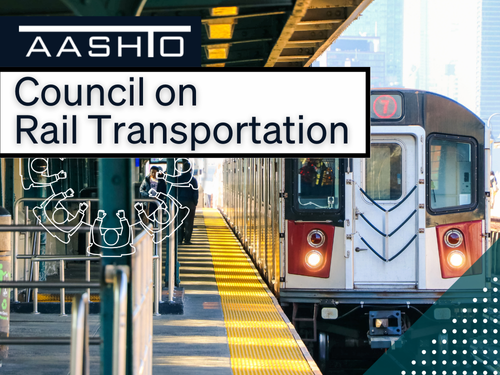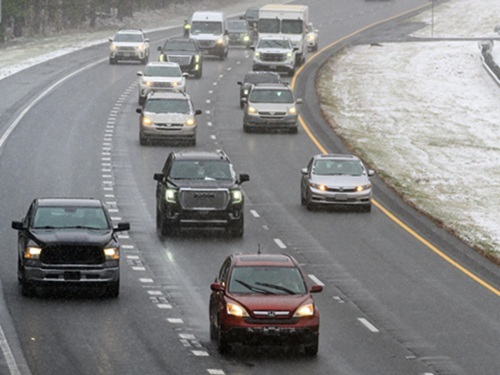The Ray – a corporate venture devoted to roadway technology testing – added vehicle maker Kia, supported by the Hyundai America Technical Center or HATCI, as an “OEM Partner” to its vehicle-to-everything or V2X infrastructure development project on The Ray Highway along Interstate 85 in West Georgia.
[Above graphic by The Ray]
With the inclusion of Kia, this collaborative project – which also includes the Georgia Department of Transportation and Panasonic Corporation of North America – will now “directly engage” in connected vehicle applications, such as freight signal priority and roadwork zone warnings.

This public-private-philanthropic partnership – formed in 2019 – seeks to create and install a digital testing environment focused on critical interstate use cases, such as crash and weather warnings, for stakeholder engagement and education.
The first phase of work focused on an 18-mile corridor of rural interstate, known as The Ray Highway, and established as a connected vehicle ecosystem with six dual-mode and dual-active roadside radios, a number of cellular V2X or C-V2X equipped vehicles owned by the Georgia DOT connected to Panasonic’s CIRRUS cloud-based data management platform.
The new project phase, which Kia is participating in, nearly triples the project’s breadth by adding seven new radios and 10 additional C-V2X connected vehicles, provided by Kia Georgia. Dual-active radios will deliver that information, called traveler information messages or TIMs, via a heads-up display or HUD in the vehicle designed to reduce driver distraction.

By leveraging the Panasonic’s CIRRUS data management platform, Georgia DOT gains access to a connected vehicle “brain” that is capable of receiving the data shared between connected cars and trucks, such as crash, traffic and weather warnings, and sending back out important and timely information – directly to connected cars and trucks, all within fractions of a second.
The dual-mode and dual-active features of the roadside radios make the infrastructure interoperable and able to communicate directly with connected vehicles through either dedicated short range communication – known as DSRC – and cellular V2X communication protocols.
“Georgia’s V2X Connected Interstate offers a great opportunity for the automotive industry to collaborate with government entities and road operators to research the safety, mobility and environmental benefits of a connected vehicle in a real-world environment,” noted John Robb, president of HATCI, in a statement.
“Deployment of prototype On-Board Units (OBUs), by retrofitting them into our Kia vehicles, enables us to collect data and analyze the benefits of V2X technology for our customers,” he added.

“Our vision at Georgia DOT is to boost Georgia’s competitiveness as a leader in transportation across the nation. V2X technology only enhances this goal,” explained Russell McMurry, the agency’s commissioner.
“This project puts citizens’ safety first by utilizing performance-based management, innovation and public-private-philanthropic partnerships to deliver safer, smarter and more efficient infrastructure for Georgians,” he said.
Andrew Heath – chief traffic engineer for Georgia DOT – added that, “connected infrastructure … allows us to respond more quickly to dangerous driving conditions [so] we can reduce crashes and save lives.”
“Smart, connected infrastructure on our highways is a game changer for driver safety,” noted Harriet Anderson Langford, president and founder of The Ray.
“We are on a journey with Georgia DOT to understand the road safety, economic and efficiency opportunities that could be won with this technology,” she said. “Now, with our collaboration of expertise and Hyundai and Kia’s presence in Georgia/Alabama, we have the potential to scale projects across the Southeast, in cities and on our rural highways.”
 Nation
Nation
Registration Open for AASHTO’s Winter Rail Meeting
December 19, 2025 Nation
Nation

